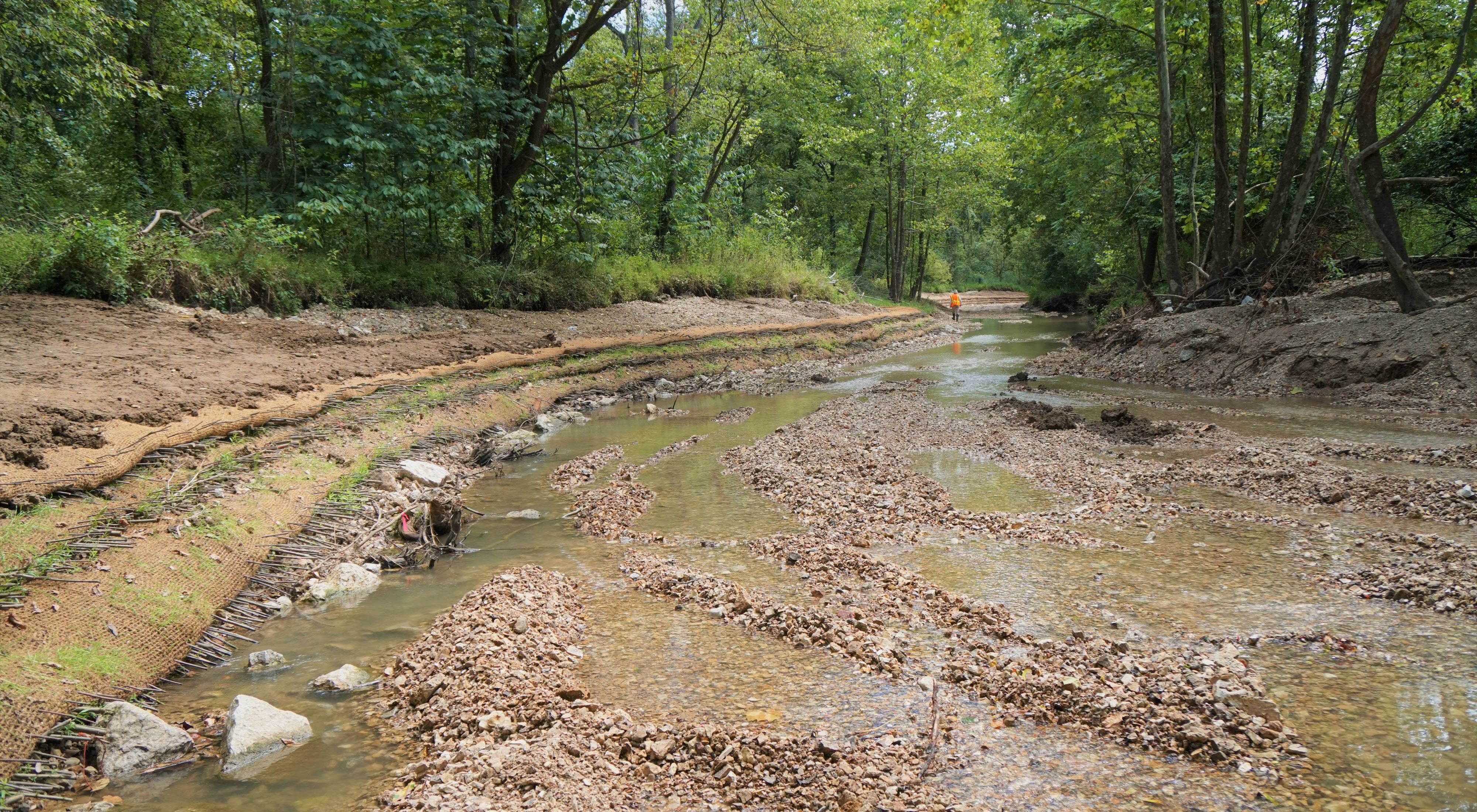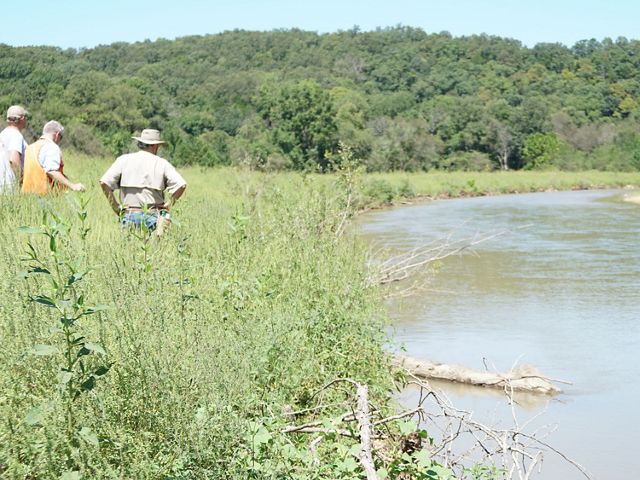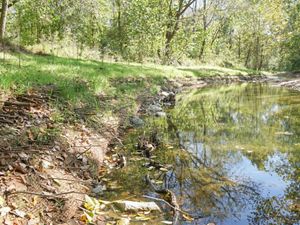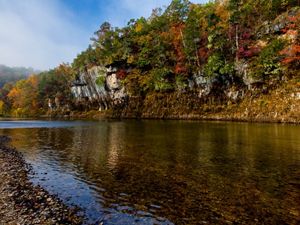Running through the heart of Castlewood State Park in St. Louis County is Kiefer Creek—a small but important tributary to the Meramec River, which eventually makes it way to the Mississippi River and all the way down to the Gulf of America.
The Nature Conservancy, the State of Missouri, Missouri Department of Natural Resources and Missouri State Parks are all working together to stabilize more than 2,000 feet of severely eroding stream bank along Kiefer Creek and improve approximately nine acres of riparian habitat—which is the vegetation and plant communities surrounding the creek.
“Castlewood State Park provides a Missouri state park experience with its rugged terrain, river bluffs and bottom land forests. For many, this is the first experience of what makes Missouri state parks special places,” says Greg Combs, Eastern Regional Director for Missouri State Parks. “The purpose of the Kiefer Creek Restoration Project is to begin restoring the banks of Kiefer Creek to continue to share the beauty of these great natural resources.”
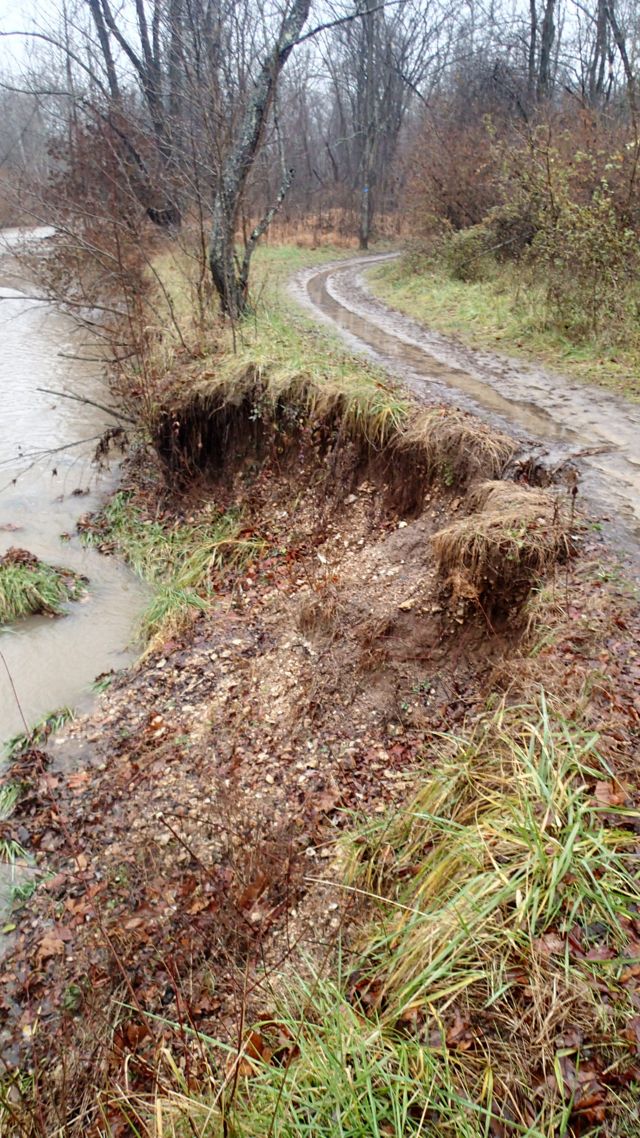
The Problem: Erosion
Erosion is among the largest contributors to stream degradation in the Meramec River Basin and is not only a problem in Missouri but is a chronic problem nationwide.
“When a stream bank starts to erode, it begins to pull large sections or chunks of the land into the river. That soil—or sediment as it’s commonly referred to—is then carried downstream,” says Steve Herrington, Director of Science and Impact Measures for The Nature Conservancy in Missouri. “That causes a problem for people and for nature.”
Once the sediment hits the stream it starts to fill in all the little cracks and crevices along the bottom of the stream, which are critical for fish habitat and breeding. “A decline in the quality of habitat often results in a decline in the biodiversity of that stream,” says Herrington.
For people, erosion poses multiple problems. First, if you’re the landowner, you’re slowly losing your land to the stream—and flood events cause the erosion to substantially speed up. These particular project sites along Kiefer Creek at Castlewood have experienced extensive land loss over the past 10 years.
Quote: Steve Herrington
A decline in the quality of habitat often results in a decline in the biodiversity of that stream.
The excess sediment caused by eroding stream banks also impacts recreational opportunities—a big aspect of the Meramec River for locals and tourists. Sediment can also make it more expensive for water treatment facilities to produce clean drinking water. In St. Louis, nearly 70,000 households get their drinking water from the Meramec River.
Stabilizing the Stream
The good news is that there is a way to fix the problem—using nature-based solutions to stop the erosion, enhance habitat for fish and wildlife and improve downstream recreational benefits.
Nature-based solutions use natural systems, mimic natural processes and work in tandem with traditional approaches. For this project, contractors with extensive experience in nature-based solutions have been hired to stabilize the stream using natural materials—trees, root wads, willow stakes, natural fibers and more.

“This technique is not new,” says Herrington. “It has been successfully demonstrated on smaller and larger-scale projects across the country and here in Missouri.”
In recent years, The Nature Conservancy has completed bioengineered stream restoration projects on the Elk River in McDonald County, La Barque Creek in Jefferson County and Huzzah and Barney creeks in Crawford County.
The Kiefer Creek project will be completed in two phases, with phase one occurring in late summer of 2020 and phase two planned for winter 2020 and spring 2021.
The site will also serve as a demonstration in a suburbanized area to promote the use of nature-based techniques and allow other agencies and contractors to see first-hand the benefits these techniques provide to nature and to people.
History of Castlewood
With an average attendance of 700,000 visitors each year, Castlewood State Park is a popular destination for people wanting to connect with and explore nature—offering hiking, biking, equestrian trails, picnicking, playgrounds, fishing and park shelters.
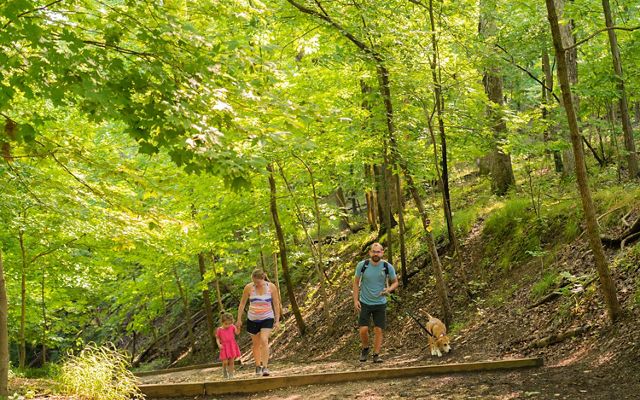
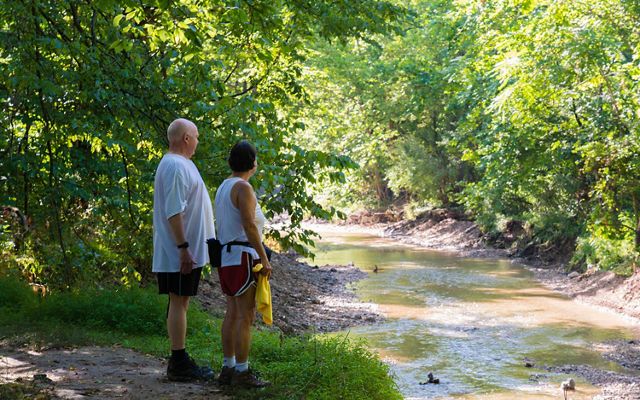
In the early 1900s, the park was a resort area. Thousands of people would visit on weekends to recreate along the Meramec River.
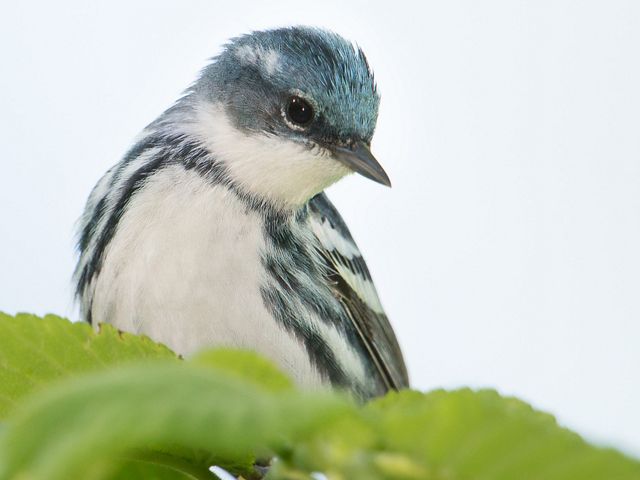
With assistance from the Open Space Council, Castlewood State Park was established in 1974. Today the park occupies 1,818 acres and stretches along the banks of the Meramec River for 5 miles.
“The park contains some of the last pieces of green space in St. Louis County,” says Ken McCarty, Natural Resource Management Program Director for Missouri State Parks. But it’s not just people who come to Castlewood to benefit from nature. “The park provides essential habitat for migratory birds including the Cerulean Warbler, a migratory bird described by MDC as “rare and imperiled in our state,” says McCarty. In fact, a portion of the park has been recognized by the Audubon Society as an Important Birding Area.
Since the park was established, this region of St. Louis County has seen a rapid transformation into suburbs for the St. Louis area. This rapid development has impacted the Kiefer Creek watershed, changing the stream.
“Castlewood State Park is an ideal place to showcase the techniques of this project," says Greg Combs, Eastern Regional Director for Missouri State Parks. “Using bioengineering techniques with natural materials such as rock and live staking, the banks of Kiefer creek will begin to restore a riparian corridor that will prevent the high bank erosion during heavy rainfall events.”
Quote: Jeanne Trulaske Dalba
The resulting improvements to the scenic character and functionality of Kiefer Creek will benefit the ecosystem, wildlife and park visitors for present and future generations.
Funding the Project
Funding of this project was also a collaboration, with support from state and federal grants as well as the philanthropic support of the Robert J. Trulaske, Jr. Family Foundation.
“It is exciting to see The Nature Conservancy commit to the restoration of a watershed in an area frequented by many St. Louisans,” says Jeanne Trulaske Dalba, President of the Robert J. Trulaske, Jr Family Foundation. “The resulting improvements to the scenic character and functionality of Kiefer Creek will benefit the ecosystem, wildlife and park visitors for present and future generations.”
This project is also partially funded by a Section 319 Nonpoint Source Implementation (NPS) Grant—section 319 refers to that portion of the Clean Water Act that provides States with funds to address nonpoint source pollution.
The funds are administered by the Missouri Department of Natural Resources and made available to nonprofit organizations, state and local governments and educational institutions for projects in priority watersheds that have the greatest ability to restore the quality of waters on the state's 303(d) List of impaired waters due to NPS pollution.
Typical 319 project activities include pollution prevention and watershed rehabilitation through the installation of land management practices, education, demonstration projects, monitoring, technical assistance, and aquatic habitat improvements.
Follow Along
The two phases of the project are expected to be completed by spring 2021, but conclusion of construction is just the beginning of the transformation.
Throughout the next 2-3 years, park visitors will see that riparian habitat along the creek grow. Trees will be planted, pollinators will feed on a host of native plants and flowers, and the new stream bank will flourish with a variety of lush vegetation that will provide refuge to aquatic and other wildlife species.
While most may not notice that the creek is no longer eroding the land, this project will help keep Castlewood State Park a place where future generations can come to splash in the creek, hike the bluffs and enjoy the beauty of nature.
